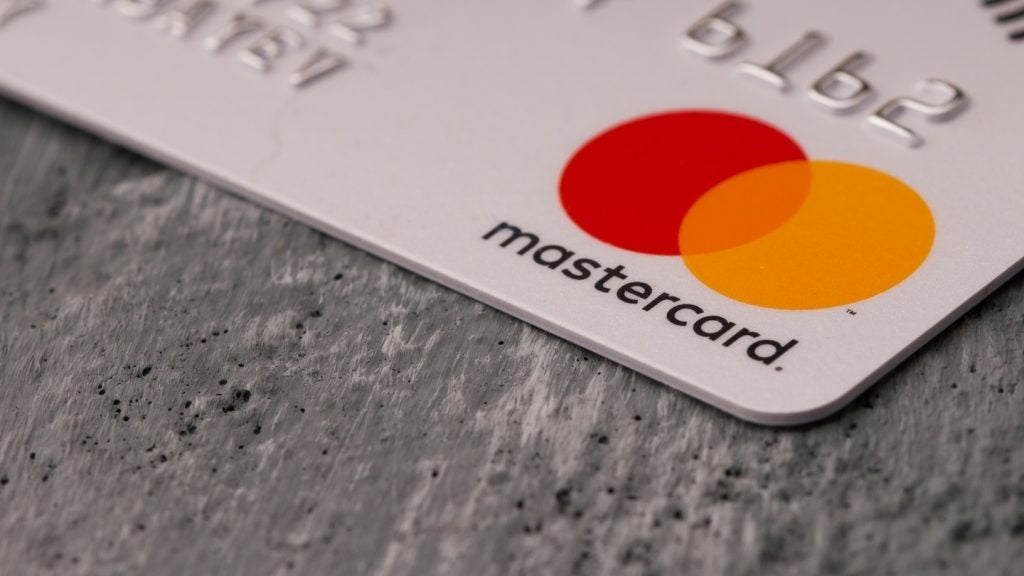Virtual Card Numbers (VCNs) are a commercial payments solution revolutionising corporate payments, most notably in business travel. With leading VCN suppliers reporting triple digit year-on-year percentage increases in transaction volumes , it is a popular and fast growing payment method. Simon Barker, CEO of Conferma, writes
Yet our research shows that there is still an addressable market of $810bn for the VCN. We have much more to gain from the VCN in 2016.
Professionals in the world of corporate payments are increasingly demanding flexible, secure and convenient ways to make payments. A combination of a fear of fraud and a desire to streamline corporate accounts means that banks have to start thinking about how they meet these demands.
What is a VCN?
The term ‘virtual’ can be misleading. A virtual card number is a normal 14, 15 or 16-digit card number which banks issue from their standard Bank Identification Number ranges.
Just like physical payments cards they also carry an expiry date, the cardholder name and a three or four digit CVV or security code. However, instead of being stamped physically across a plastic card, the number is:
- Generated digitally at point of sale
- Used for that single payment only.
VCNs don’t look any different to merchants and are processed as standard Cardholder Not Present transactions. Restrictions can be placed on how the VCN is used — including the merchant category code, amount and date range in which the VCN can be charged.

US Tariffs are shifting - will you react or anticipate?
Don’t let policy changes catch you off guard. Stay proactive with real-time data and expert analysis.
By GlobalDataA traditional centrally billed account has just one card number which is used over and again for multiple payments, made by multiple employees to multiple different suppliers, which poses a major security risk. With VCNs, a unique, one-time card number is generated for each transaction but all the numbers are billed back to the same account.
How the VCN works for corporate payments
Employees have to make corporate purchases regularly. For obvious reasons, not every employee has a company charge card. This means that most employees have to pay for purchases themselves and then claim back on expenses. It’s an inconvenience for the employee and time consuming for the accounts payable departments who have to make the payments and reconcile against cost centres.
Here is an example of how a typical purchase works with a VCN.
1) The buyer chooses the office supplies on a retail website and proceeds to payment.
2) The buyer goes to the VCN section on your bank’s website. A screen pops up on which they enter the name of the supplier, the amount to be paid, the date parameters and an unlimited number of additional company information fields, such as project number, cost centre and general ledger code. These are completely customisable to your company’s requirements. In less than one second, your site generates a VCN and a CVV number. This number is randomly generated so cannot be anticipated. For added security, it can be restricted to a particular date range, location and type of spend such as "printer cartridge".
3) The buyer enters the VCN and CVV number on the payment page of the retail website, and payment is completed.
Why now for the VCN?
I firmly believe that corporate payments and the reconciliation of expenses are unnecessarily complex for employees and businesses. But, more than this, I know that the VCN can solve some of the biggest hot button issues for business.
1) Cybersecurity
According to the Chartered Institute of Management, one of the top three issues for CEOs in 2015 was cybersecurity . This is hardly surprising. A survey by IBM showed that in the UK alone, there was a 38% rise in loss and theft of personally identifiable information over the last year.
At a personal level, think how many places your payment information is stored: airlines, train companies, online retailers, app stores, software providers, fast food delivery services…the list is endless.
Now expand that to a corporate level and the extent to which a business is exposed to data breaches is considerable. All it takes is a breach at just one of the multiple suppliers and vendors your businesses payment details are registered with and the whole firm is exposed to large scale fraud.
With the VCN, this fraud exposure is severely reduced. A VCN is generated for a single use and a designated purchase. It cannot be used for any other purpose. A VCN in the wrong hands is pretty much useless to them.
2) Employee fraud
No employer likes to think that their employees are fraudsters and, in the vast majority of cases, employees are honest and hardworking. Yet, figures obtained by PwC showed that in 2014, 56% of all corporate fraud was carried out by insiders.
Detailed research by the University of Portsmouth into 45 separate instances of employee fraud showed that the average cost of each of these instances, including costs of investigation and repair, is £483,000 . A staggering figure indeed.
Cifas’ 2015 report into employee fraud shows that, with a rise of 57.1%, the fastest growing form of fraud is false expenses claims .
With the VCN, the expenses claim is a thing of the past. Employees don’t have to pay for necessary purchases out of their own pockets and, so, don’t have to claim back for them. And with no expenses claims to be made, the risk of expenses fraud is nullified.
Equally, the VCN negates the need for a company charge card, closing off another avenue of fraud.
3) Aligning technology to business needs
A recent article in Forbes claimed that one of the biggest concerns business had for 2016 was that technology wasn’t aligned with business needs.
Anyone involved in fintech will know that this is a common theme. Ours is an industry plagued with gimmicks, gizmos and gadgets. But how many of them actually solve a problem that business have? How many of them make business life easier and more profitable?
I believe that the VCN is aligned with business needs. Indeed, I know it is. I know it because Barclaycard have said that Precisionpay, their VCN service, is the fastest growing product set in commercial payments.
Where businesses have the opportunity to use the VCN, they embrace it. And they embrace it because it is absolutely aligned with their business needs and frees up admin time and allows more concentration on core business functions.
With increased and justifiable concerns about payment and data security, businesses will become more reticent about sharing sensitive payment information with others. A data breach can spell disaster for companies exposed by it.
The VCN not only reduces this risk exposure, it also provides companies with an adaptable and scalable solution for corporate payments.
The VCN is a proven way to successfully tackle some of the biggest concerns facing business today. It’s time for more banks to start embracing it.








